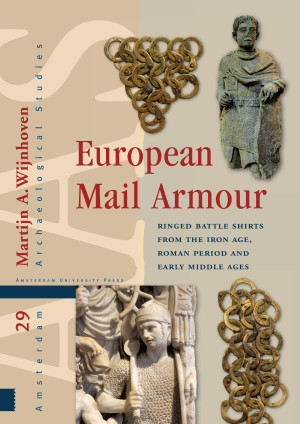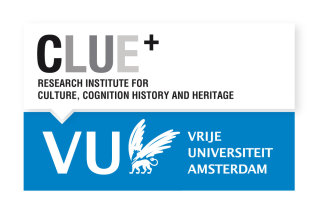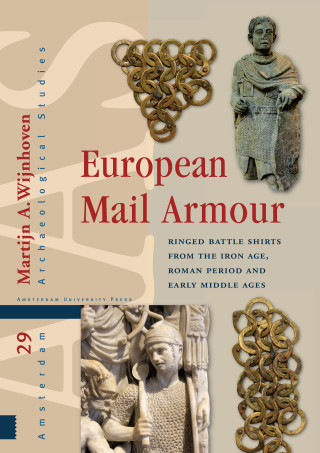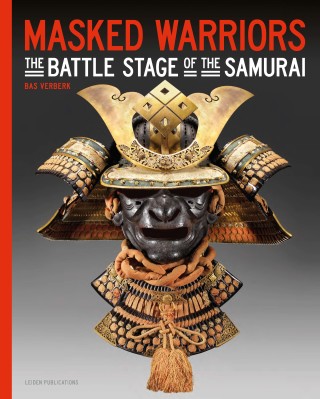"Mail has been something of a Cinderella in the field of early martial equipment. Now, in this meticulous study, Wijnhoven has demonstrated and explored the extensive potential of the archaeological, iconographic and textual evidence. It makes a fundamental contribution to the study of ancient martial material culture, and has broader implications for the development and structuring of early European ironworking traditions."
- Prof. Simon James, University of Leicester
"Mail armour has been largely neglected by specialist literature, despite the important role that it played in Antiquity. This book fills in that research gap in an impressive manner. Not only does Wijnhoven pose the hardest questions about mail armour, but he also provides very satisfactory answers."
- Prof. Thomas Fischer, Universität zu Köln
"This excellent monograph provides a thorough and multifaceted
exploration of mail in Europe from its development in the Late Iron Age into the Early
Middle Ages, roughly 300 BCE to 1000 CE.[...]The production values are superb, replete with numerous high-resolution photographs
and illustrations in colour, offering a close-up look at mail scattered across international
collections and not always on active display. This definitive book will prove a cornerstone
for pre-modern armour studies for decades to come."
- Michael J. Taylor, The Classical Review (2022)
"This volume is probably destined to be the ‘go-to’ standard work for European ring-mail armour. It is intelligently assembled and supported
by much gathered evidence.[...]This is a superb piece of research, presented in an easily understood format, containing much useful
information. I recommend it unhesitatingly to anyone who has an interest in ancient ring mail armour."
- Dr. Michael Thomas, Ancient Warfare Magazine, Vol. XV, Iss. 4
"Martijn Wijnhoven’s book is a thoughtful and comprehensive investigation, long required, into early European mail armour"
Antiquity, New Book Chronicle, April 2023






